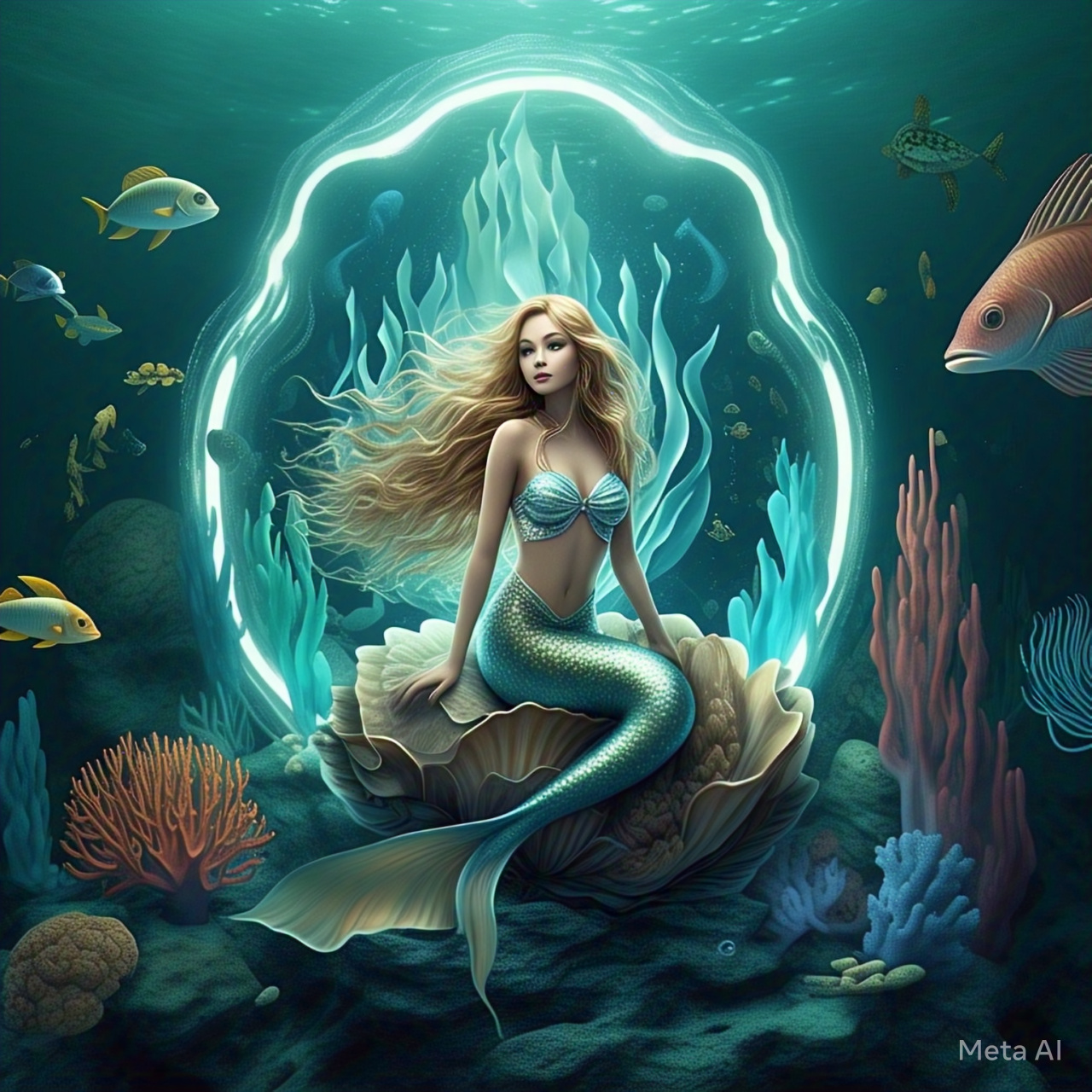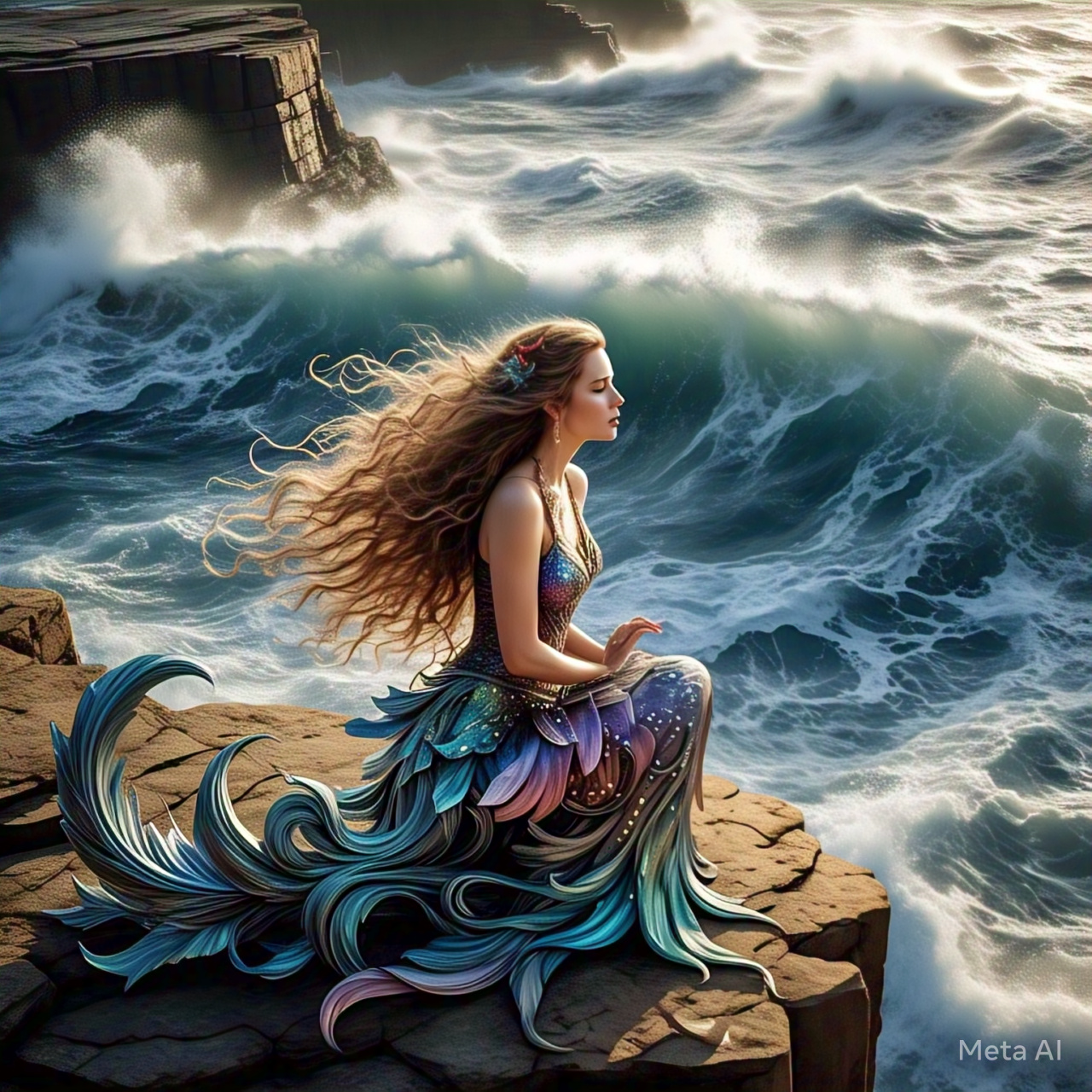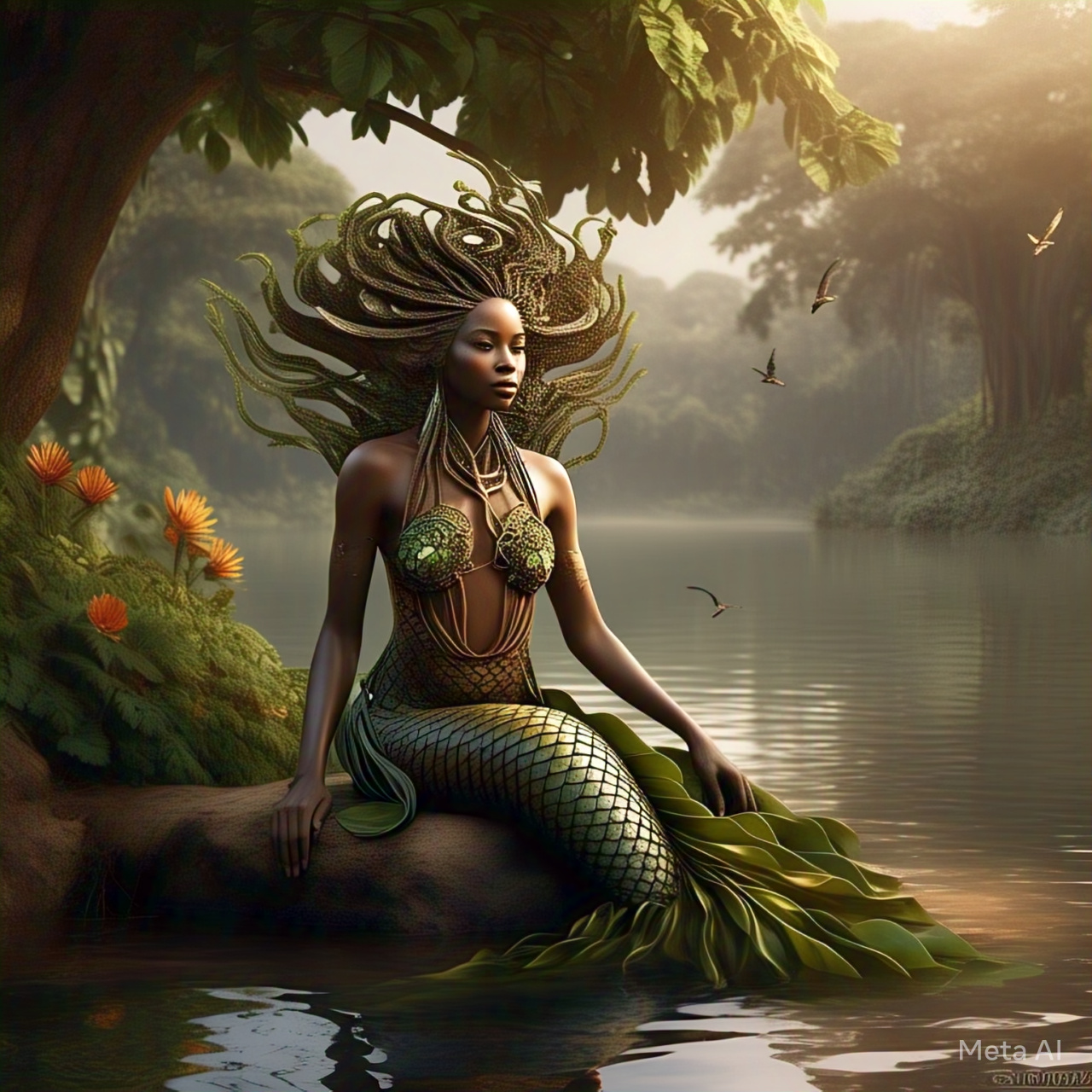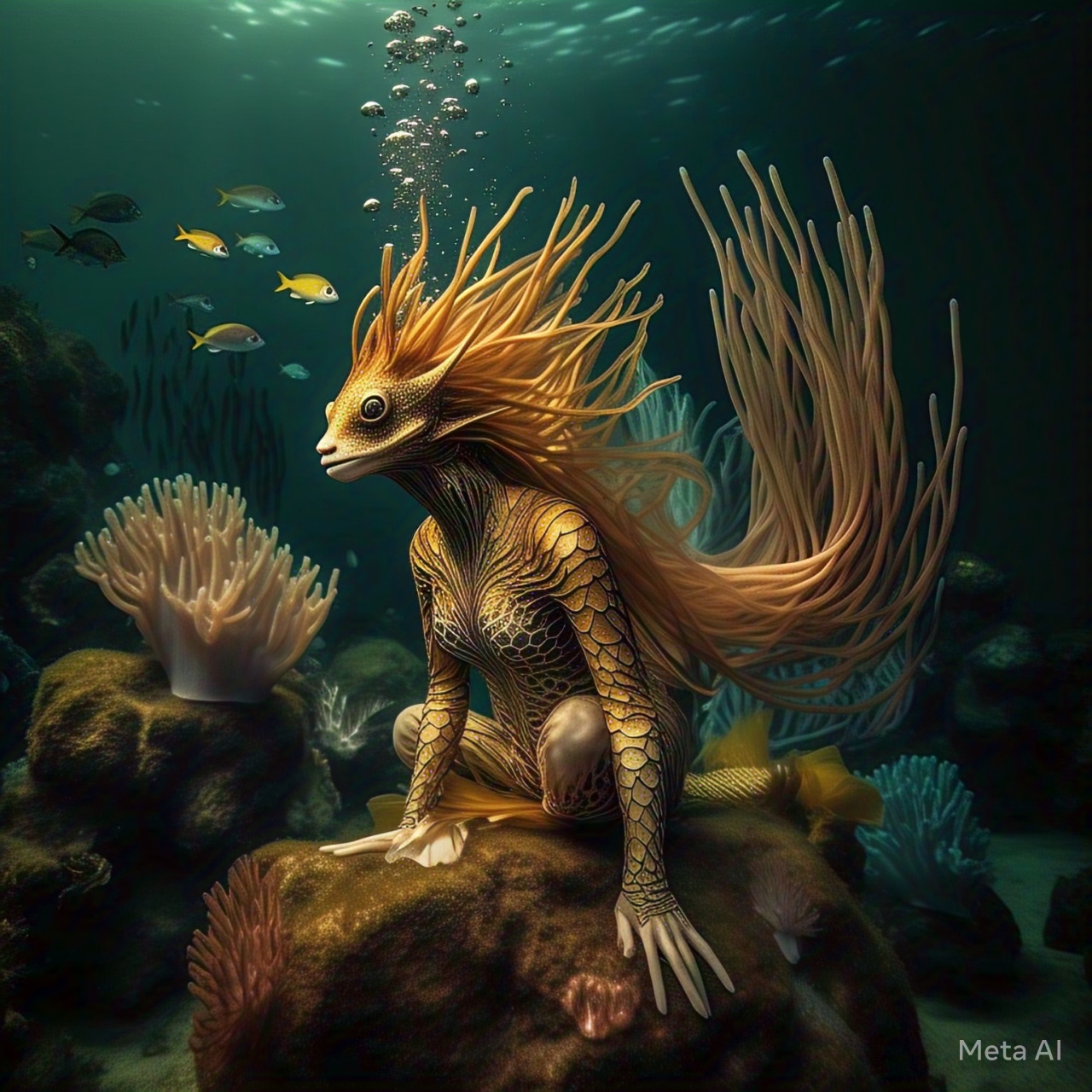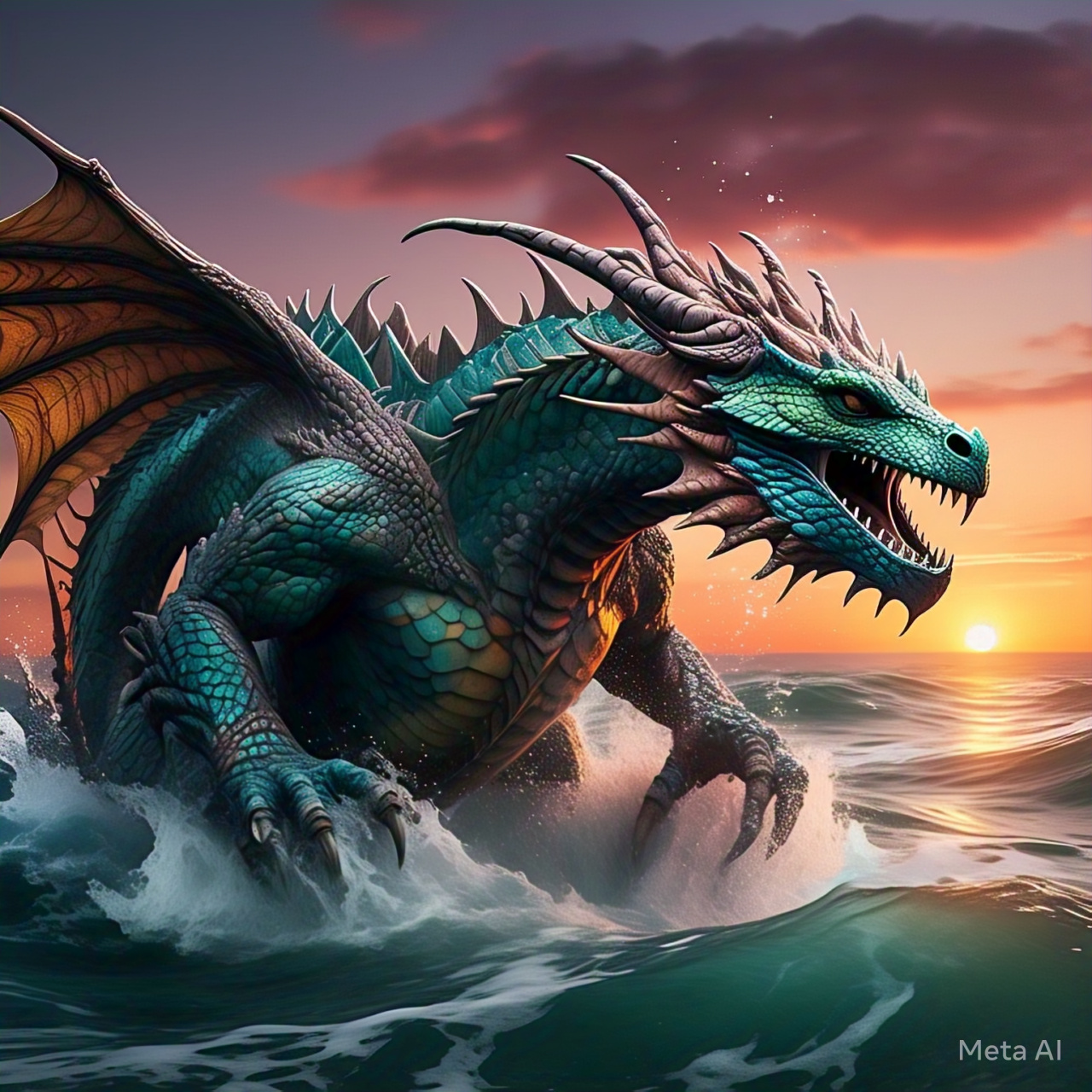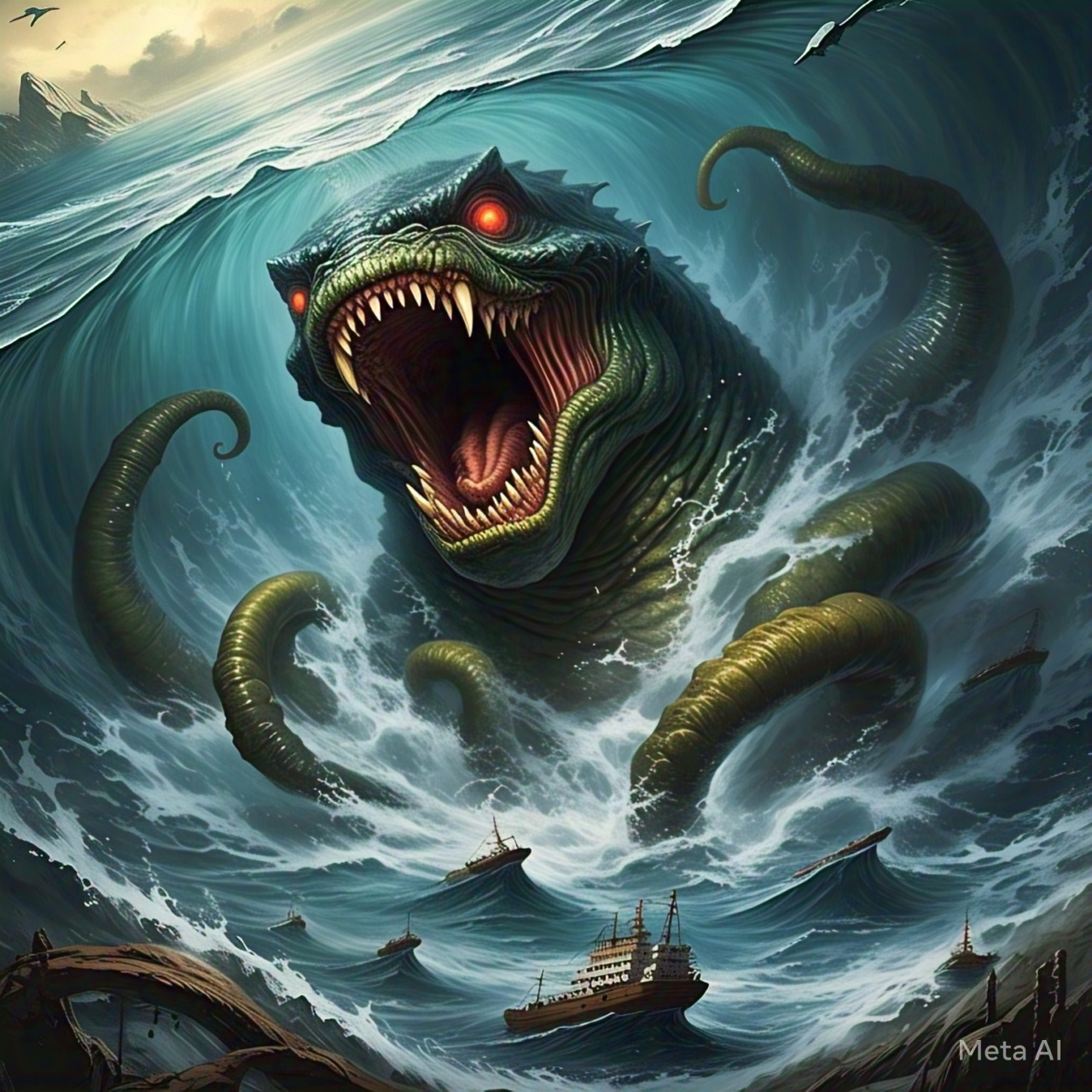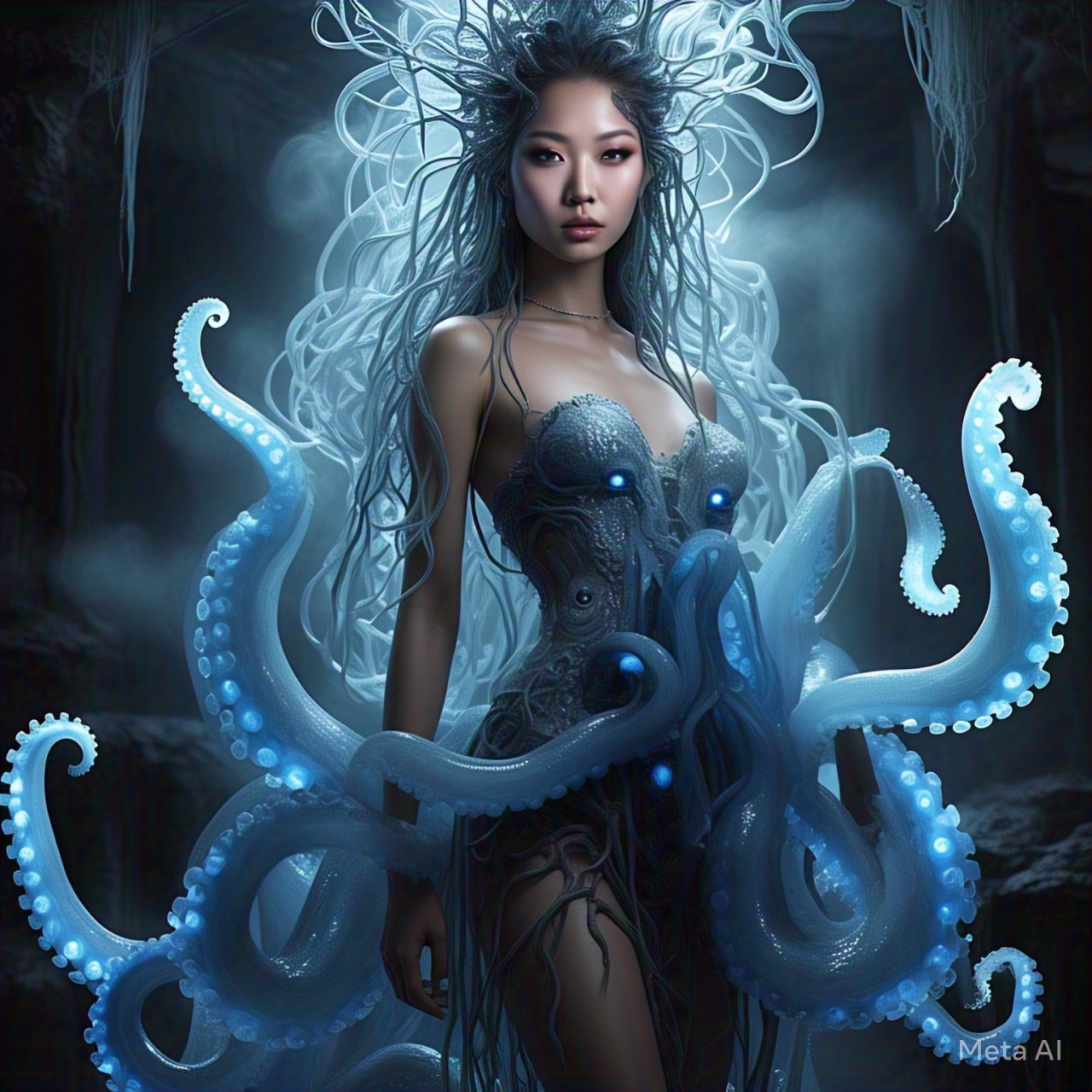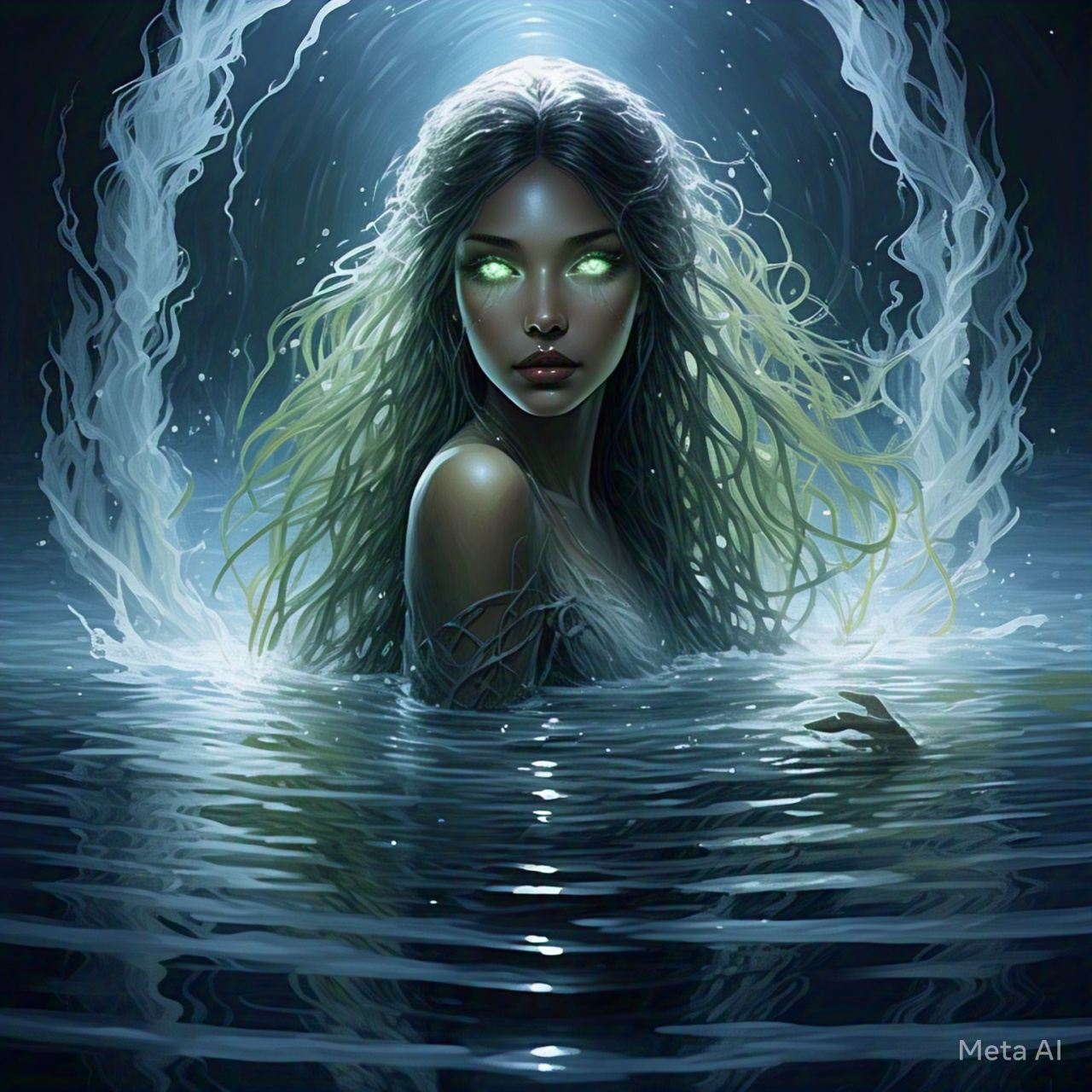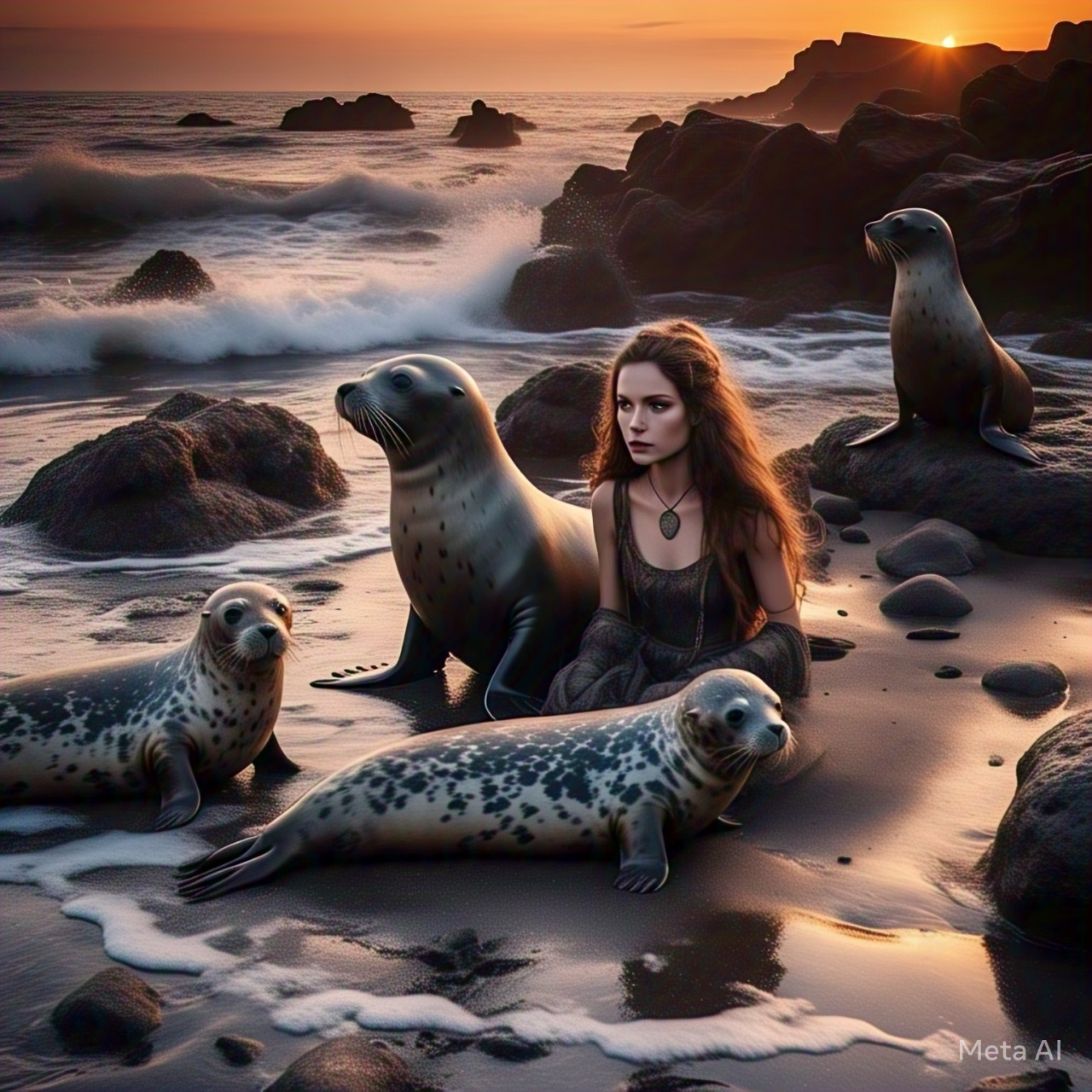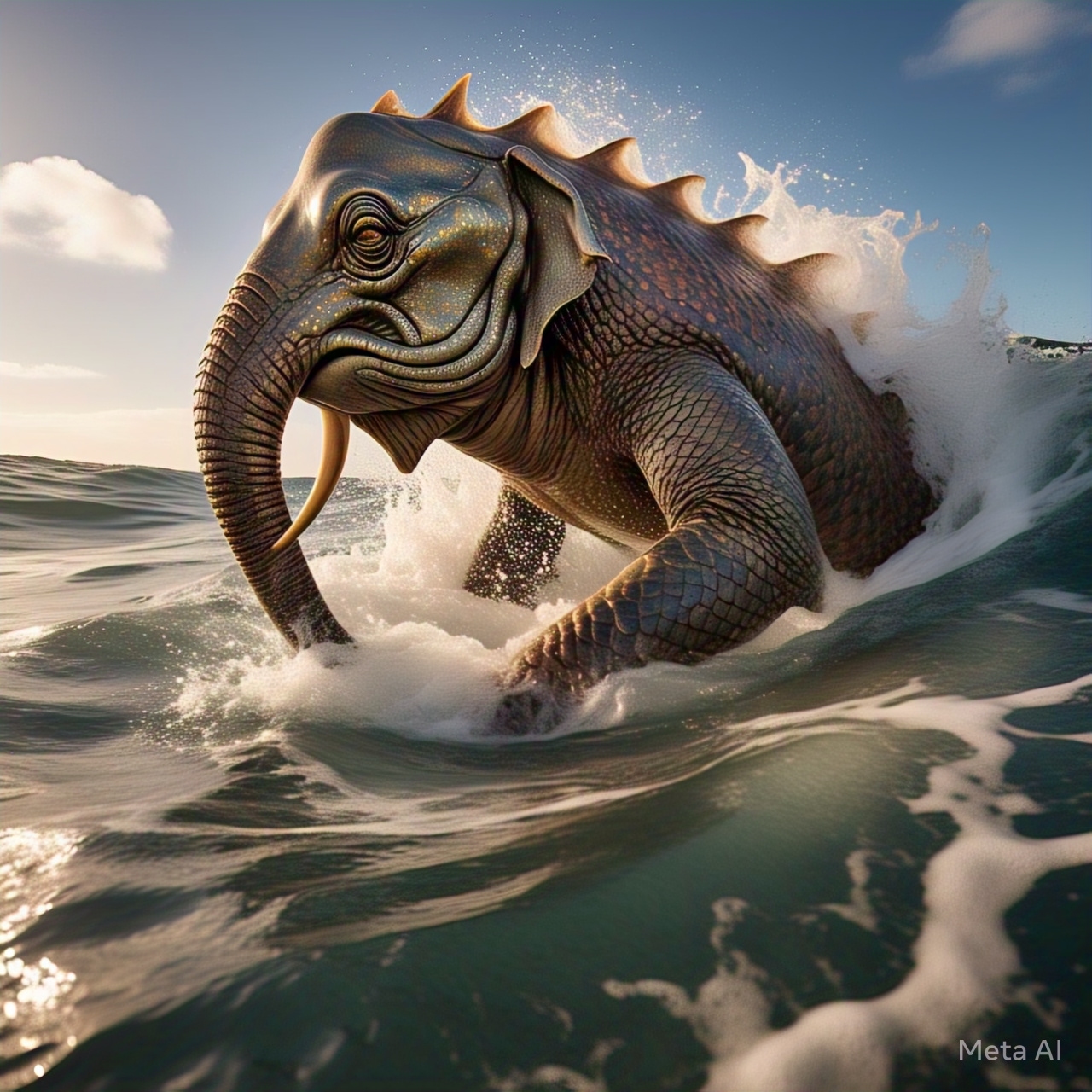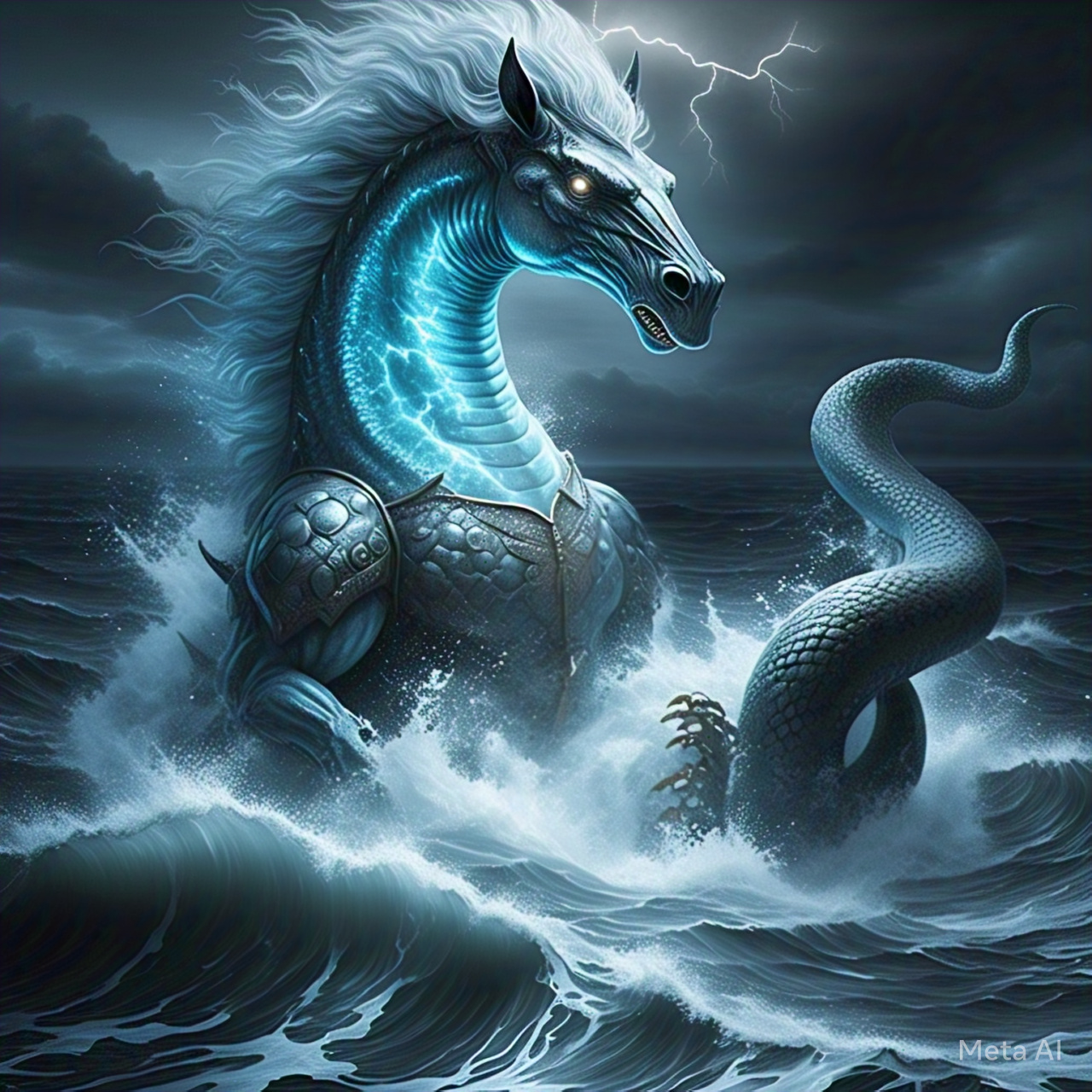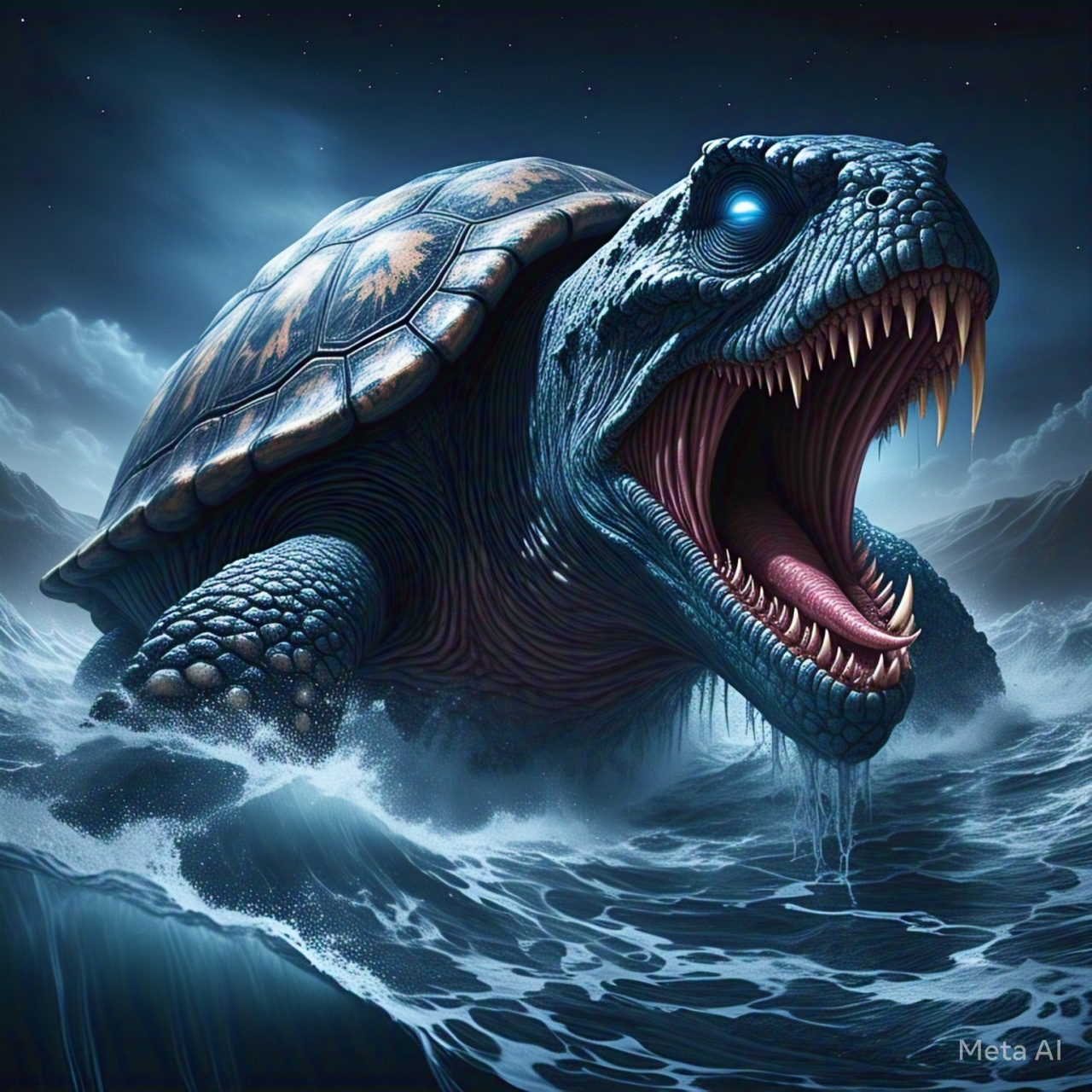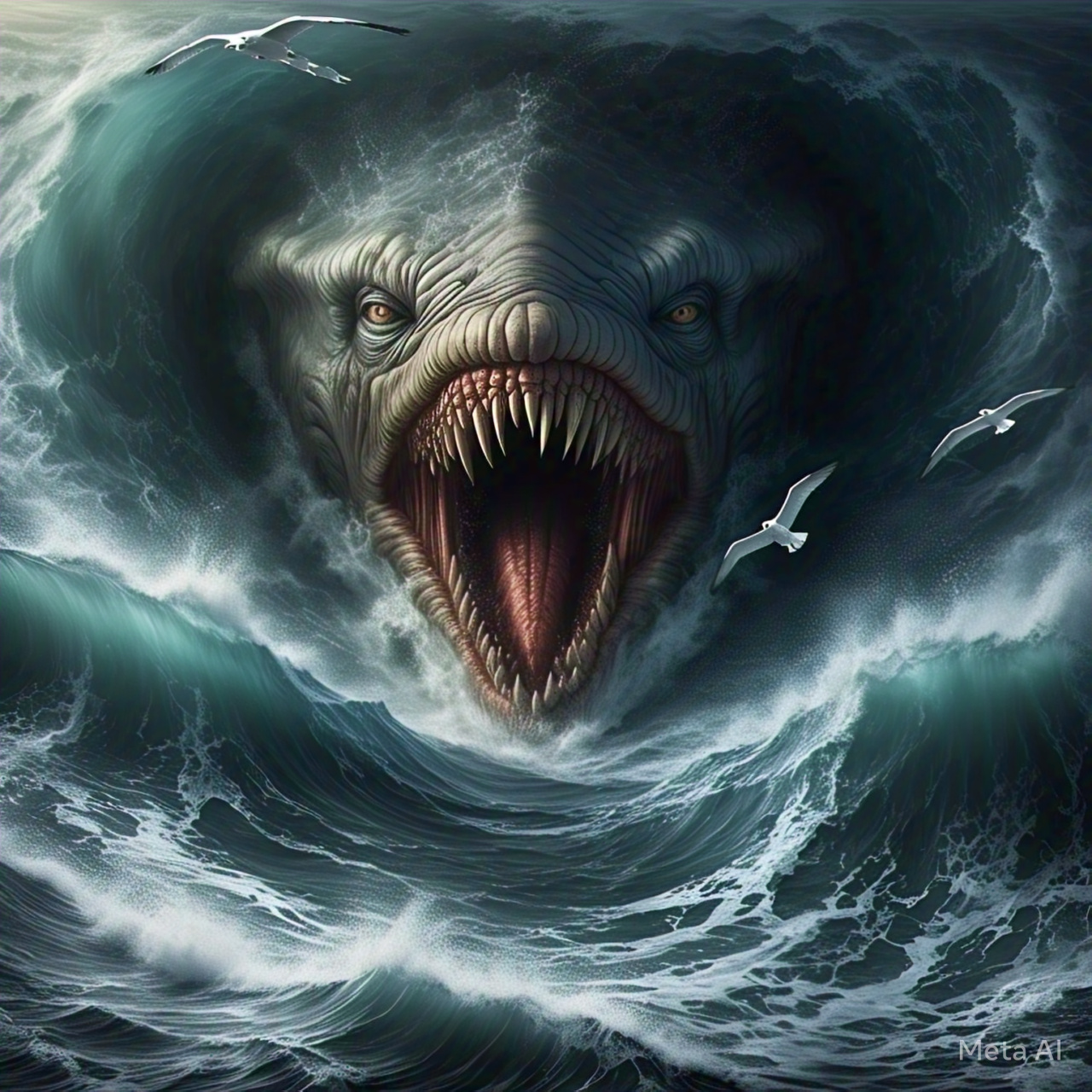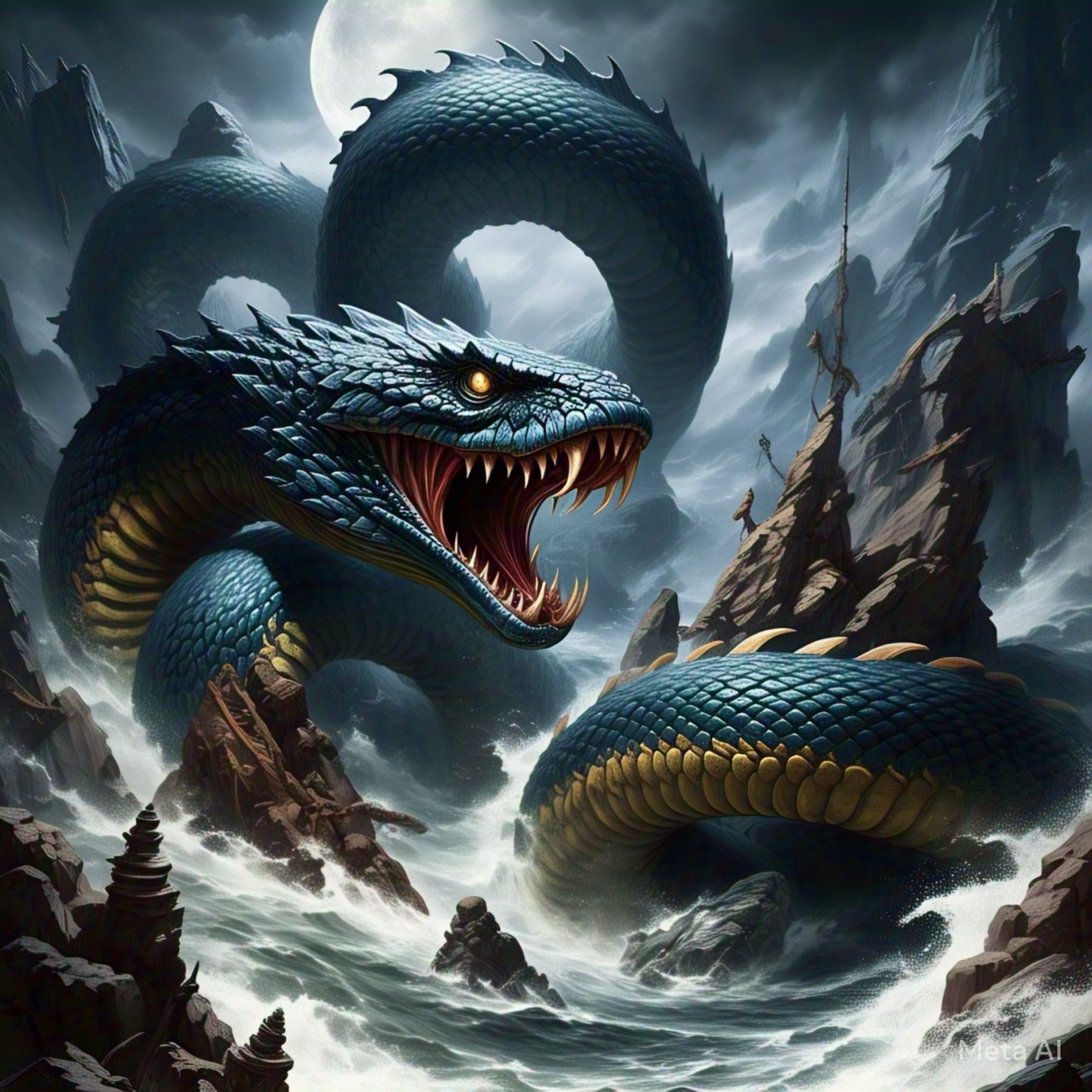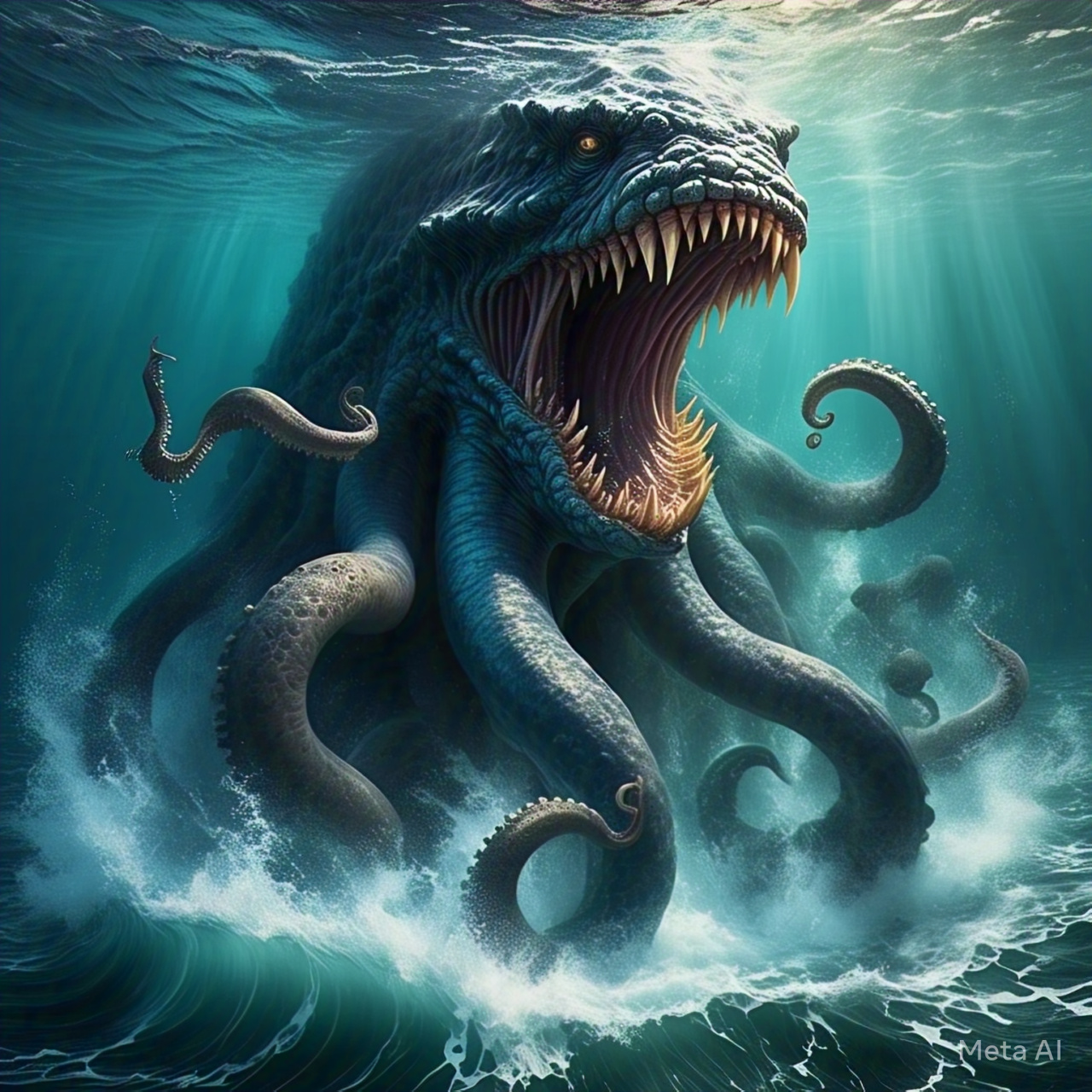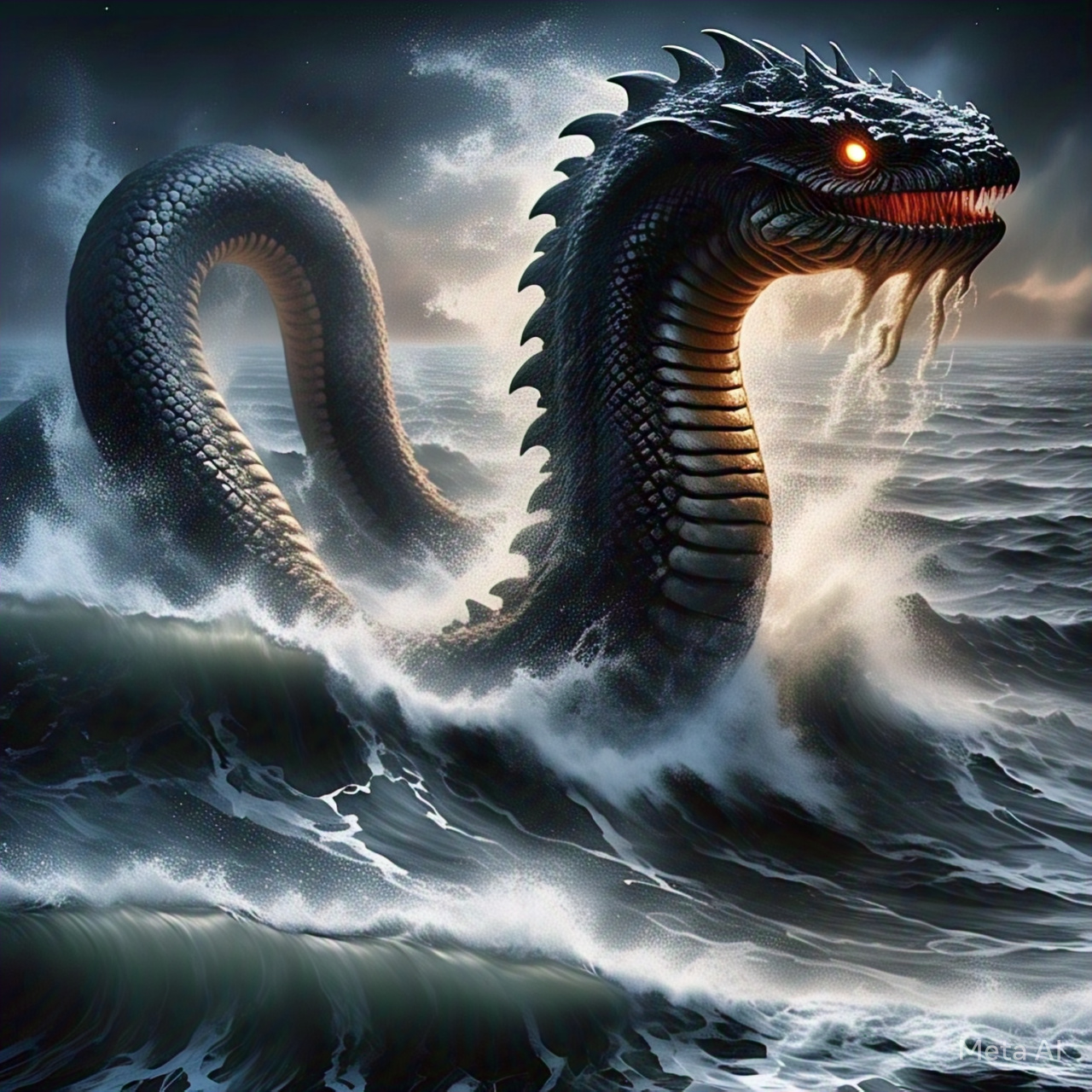
Leviathan
A gigantic sea serpent or dragon mentioned in ancient texts, symbolizing chaos and destruction. often depicted as an enormous serpent coiling through the ocean.

Scylla
A terrifying sea monster with multiple heads and tentical- like appendages. lived near the Strait of Messina, devouring sailors who passed too close.
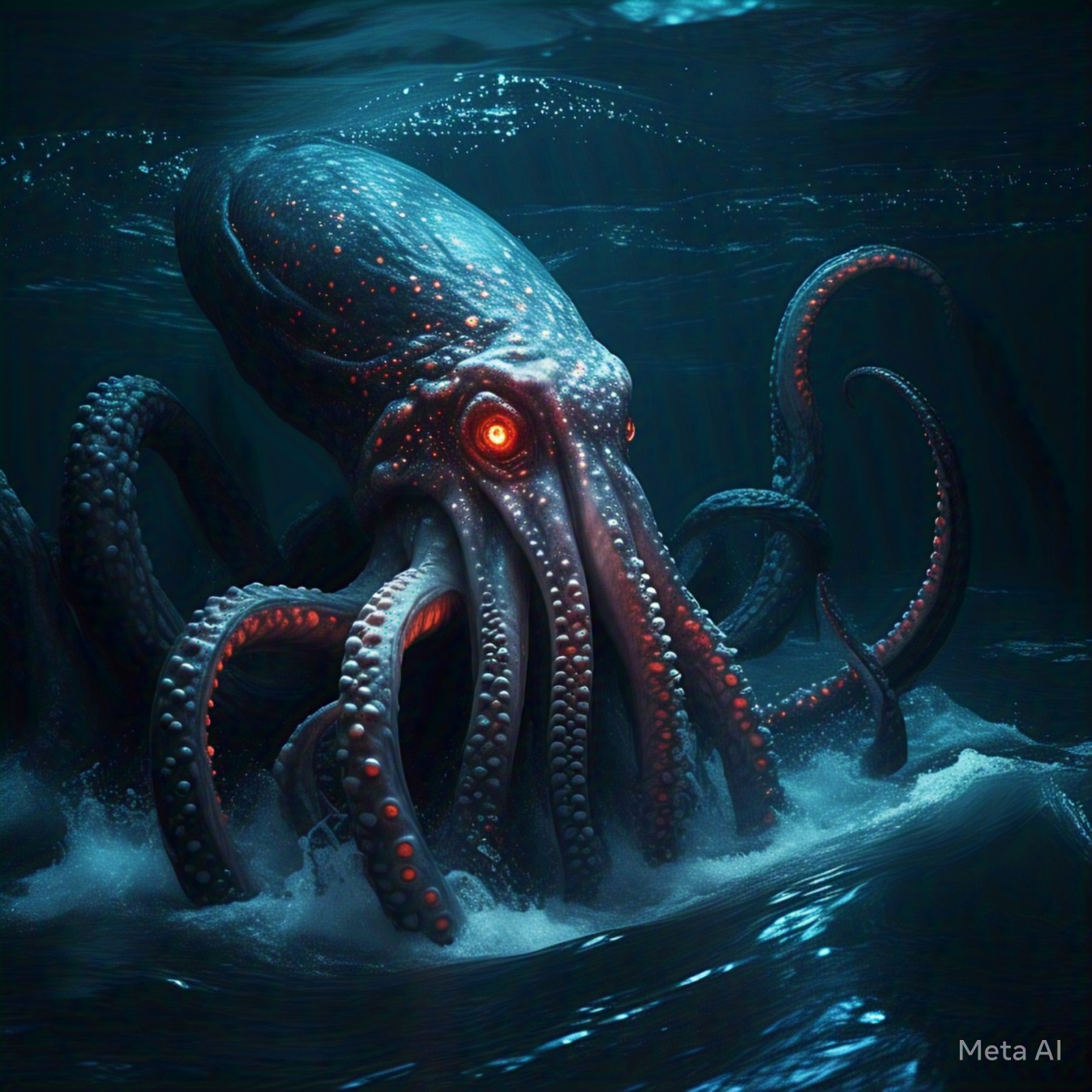
Kraken
A massive , squid-like sea monster said to dwell off the coast of Norway and Greenland. it was feared for its ability to drag entire ships into the depths with its enormous tentacles.
